#edwin lutyens
Explore tagged Tumblr posts
Text



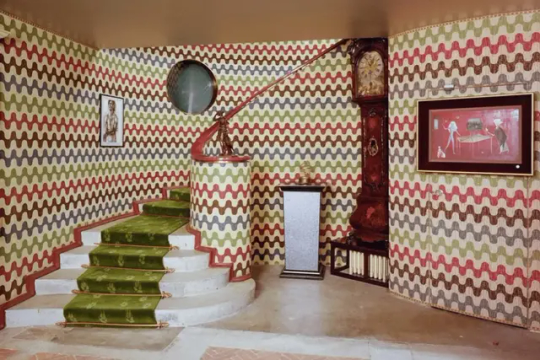
“Tilly Losch Footprint” Carpet,’ 1950,
Monkton House, South Downs, West Sussex, United Kingdom,
The Surrealist British poet Edward James was so in love with his ballerina wife, Tilly Losch, that when he saw a trail of her wet footprints up the stairs after her bath, he had them woven into the carpet. He also created a stairwell lined in a carpet woven with his dog’s paw-prints.
#art#design#stairwell#stairway#architecture#staircase#stairs#interiors#staircases#spiral staircase#surreal#tilly losch#footprint#carpet#monkton house#south downs#west sussex#united kingdom#edward james#poetry#paw-print#edwin lutyens#fantasy#style#history
80 notes
·
View notes
Text

Carolyn Brady (American, 1937-2005), Jekyll and Lutyens at Hestercombe/Somerset. Watercolor on paper, 74 × 51 1/2 in.
217 notes
·
View notes
Text

Social housing Page Street, Edwin Lutyens, 1928-30, London, UK
2/2024
131 notes
·
View notes
Text

A little bit of indefatigable punk spirit from the 80’s on St John Street, by the architects Munkenbeck & Marshall I think. Good one Alfred. Looks beautiful in the rain!
32 notes
·
View notes
Photo
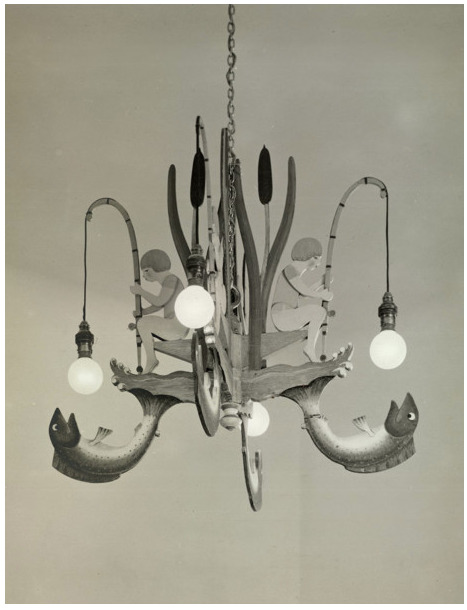
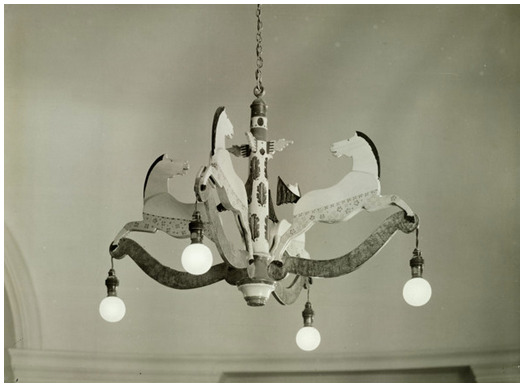

Chandeliers designed by Edwin Lutyens for the nursery of the Viceroy’s house in New Delhi, 1931
Collection of Royal Institute of British Architects
198 notes
·
View notes
Text
#OTD in 2001 – The pedestrian Ha’penny Bridge across Dublin’s River Liffey is reopened after a multimillion pound restoration.
Dubliners have been crossing the Ha’Penny Bridge free of charge for over a century now, but they have a long memory. Although it was first named in honour of the Duke of Wellington and later rechristened Liffey Bridge, one of the city’s favourite postcard images turned 205 this year still known universally by the name that trumped the others: Ha’penny Bridge. A ha’penny was the toll – each way –…
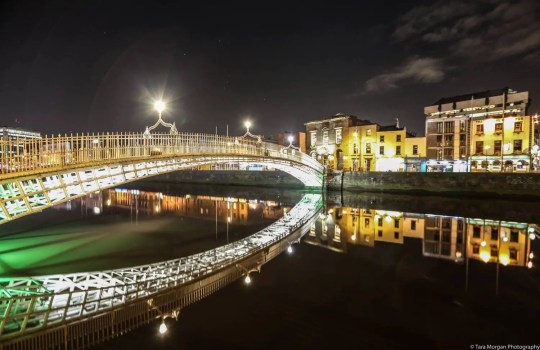
View On WordPress
#1916 Easter Rising#Dublin#Dublin Corporation#Duke of Wellington#Edwin Lutyens#Ha&039;penny Bridge#ha’penny#Ireland#William Butler Yeats#William Walsh
5 notes
·
View notes
Text
Lady Jekyll e i suoi giardini
Gertrude Jekyll è stata una orticoltrice, progettista di giardini, scrittrice e artista britannica. È considerata una delle figure più influenti nella storia del giardinaggio, avendo creato oltre 400 giardini nel Regno Unito, in Europa e in America. Ha scritto anche oltre 1.000 articoli e 15 libri sul giardinaggio, e ha collaborato con l’architetto Edwin Lutyens su molti progetti. Nel 1897…
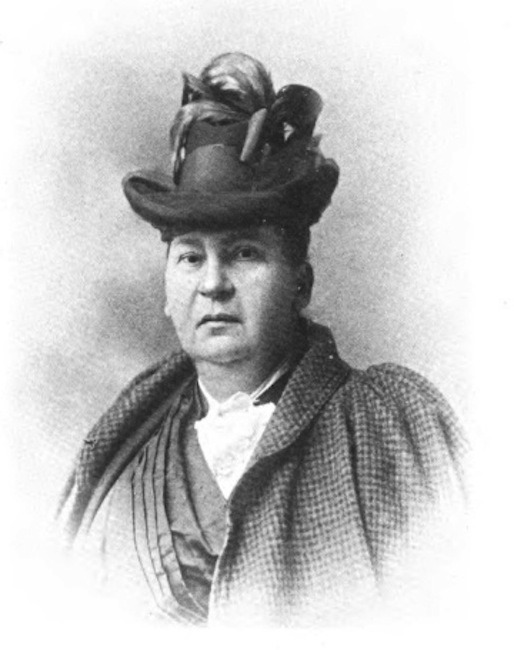
View On WordPress
1 note
·
View note
Text

Page Street Housing, Sir Edwin Lutyens, Westminster 1928 ..
27 notes
·
View notes
Text










Visited Hestercombe Gardens. This place is absolutely amazing. I highly recommend a visit. Formal gardens were designed by Gertrude Jekyll and Sir Edwin Lutyens. Absolutely gorgeous 😍.
#hestercombe gardens#photography#landscape#formal garden#gertrude jekyll#sir edwin lutyens#sept 2023#sunshine#somerset
5 notes
·
View notes
Text
THE STONE OF REMEMBRANCE
The sunken Garden of Remembrance surrounds a Stone of Remembrance of Irish granite symbolising an altar, which weighs seven and a half tons
GARDEN OF REMEMBRANCE IN ISLANDBRIDGE The sunken Garden of Remembrance surrounds a Stone of Remembrance of Irish granite symbolising an altar, which weighs seven and a half tons. The dimensions of this are identical to First World War memorials found throughout the world. During the construction phase in order to provide as much work as possible the use of mechanical equipment was restricted,…

View On WordPress
#Fotoniqe#FX30#Imperial War Graves Commission#Infomatique#Irish granite#IWGC#Sir Edwin Lutyens#Sony#standardised design for war memorials#Stone of Remembrance#symbolising an altar#The sunken Garden of Remembrance#William Murphy
1 note
·
View note
Text
Edwin Lutyens: Architect Laureate :: Roderick Gradidge
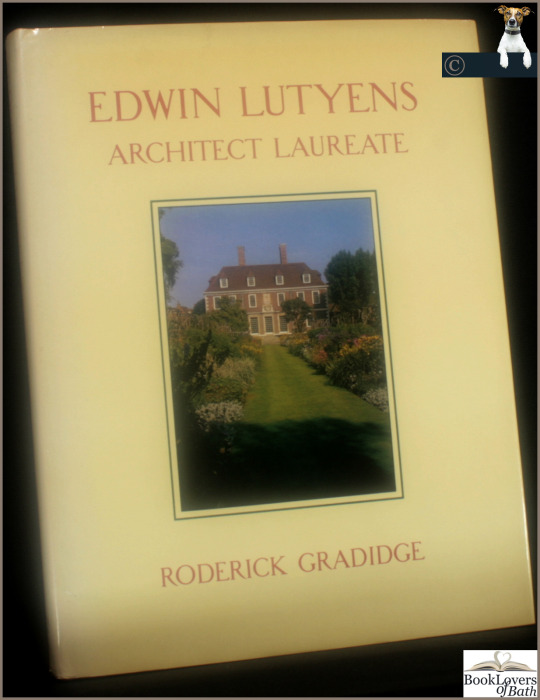
View On WordPress
#0-0472-0023-5#architects#architects biographies#architects biography#architects memoirs#architectural criticism#architectural design#architectural history#baroque architecture#books by roderick gradidge#british architects#british architecture#christian architecture#edwin landseer lutyens#english architects#fin de siecle#first edition books#georgian vernacular#gertrude jekyll#gothic architecture#historical architecture#history architecture#modernism#neo-classicism#neoclassicism#palladianism#renaissance architecture#romanesque architecture#vernacular houses
1 note
·
View note
Text

Lodge, Abbey House, Barrow-in-Furness, Lancashire: Edwin Lutyens.
104 notes
·
View notes
Text

Members of the Royal Family in front of a Windsor memorial to King George V. The new King unveiled the outdoor memorial (the work of Sir Edwin Lutyens) and made his first public speech since his accession. // April 23, 1937
57 notes
·
View notes
Text

Global Ruins: The Emotional Response to Creation and Destruction in Architecture
Arata Isozaki’s work underscores a profound global issue: the emotional response to creation and destruction in architecture. Isozaki, deeply affected by the devastation of Japanese cities during World War II, developed a unique aesthetic that blends ruin and renewal, encapsulated in projects like "Re-ruined Hiroshima." This concept has significant global resonance as it taps into the universal human experience of loss, reconstruction, and the emotional complexities tied to these processes.
Today, the themes Isozaki explored are increasingly relevant. The persistent threats of conflict, natural disasters, and the uncertainties of modern capitalism have created a widespread sense of instability. These challenges evoke strong emotional responses as they impact how we build, inhabit, and perceive our environments. The reconstruction efforts following conflicts in places like Ukraine and Palestine, and the ongoing recovery from natural disasters, echo the dilemmas Isozaki grappled with in his work.
Isozaki's assertion that "the city of the future lies in ruins" is a poignant reflection on the cyclical nature of destruction and creation. This idea resonates globally as cities worldwide face the need to rebuild amidst ongoing socio-political and environmental upheavals. The emotional response to creation, therefore, is not just an architectural concern but a human one, affecting all who engage with the built environment, from architects and planners to residents and policymakers.
In essence, Isozaki's work invites a global audience to consider how emotional responses to the built environment can shape our collective future. It emphasizes the need for resilient, reflective approaches to architecture that acknowledge and integrate the emotional and historical contexts of creation and destruction. This perspective is crucial for developing sustainable and meaningful urban spaces in an ever-changing world.
11 notes
·
View notes
Text
Queen Mary's dolls' house
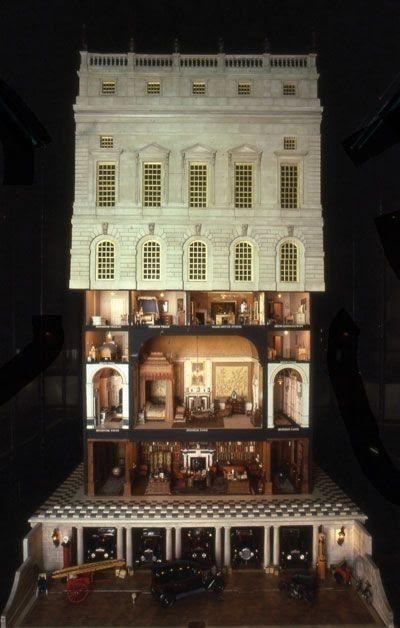

The idea for building the doll's house came from the Queen's cousin, Princess Marie Louise, who discussed her idea with one of the top architects of the time, Sir Edwin Lutyens, at the Royal Academy Summer Exhibition of 1921. Sir Edwin agreed to construct the dollhouse and began preparations. It was created as a gift to Queen Mary from the people, and to serve as a historical document on how a royal family might have lived during that period in England. Today Queen Mary's dolls' house is exposed in Windsor Castle, UK.
#queen mary#british royal family#queen mary of teck#brf#dollhouse#england#united kingdom#uk monarchy#royal family#ukfanpage
45 notes
·
View notes
Text

Colour postcard of the Cenotaph in Whitehall, just completed, 1920, designed by Edwin Lutyens.
47 notes
·
View notes